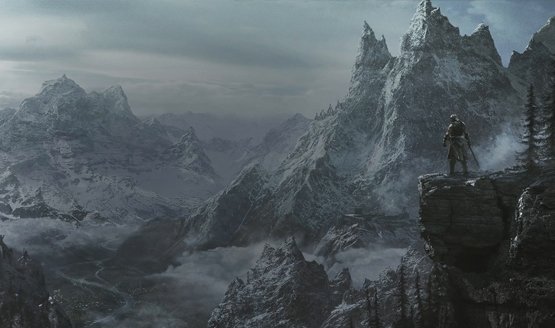What’s the one thing Far Cry, Final Fantasy, Grand Theft Auto, The Elder Scrolls, Assassin’s Creed, and Fallout all have in common? You know, besides their sprawling open worlds, RPG/action mechanics, and impassioned followings.
Now granted, there are a number of common themes and video game conventions underpinning each franchise, but for the purpose of this discussion, we’re going to narrow the focus down to one trope in particular: how each series is able to relocate to a brand new setting with each passing instalment.
For some, that involves falling back on a blank canvas. With the exception of X-2, XIV and the XIII subseries, the creative minds at Square Enix regularly dream up vast new worlds replete with eccentric characters, warring kingdoms, and retooled battle systems when crafting the latest entry in the Final Fantasy franchise.
The Blank Canvas
Far Cry, on the other hand, is a series that situates its robust single-player campaign within a sprawling, chaotic wilderness, one in which the player, often an intrepid explorer/stranger, is thrust into a wild and untamed land to fight against unruly dictators (see: Pagan Min), heavily-armed militia, and the local wildlife in order to survive. Themes of religion and even colonialism are often threaded through each Far Cry narrative, but this relatively flexible template allows Ubisoft to whisk players off to a location that is as radically different and unique as the next. For all of the gameplay similarities, think of how Kryat sets itself apart from the sun-kissed Rook Islands, while Far Cry Primal strayed off the beaten track altogether to immerse players in a dangerous, primordial environment set during the throes of the Stone Age.
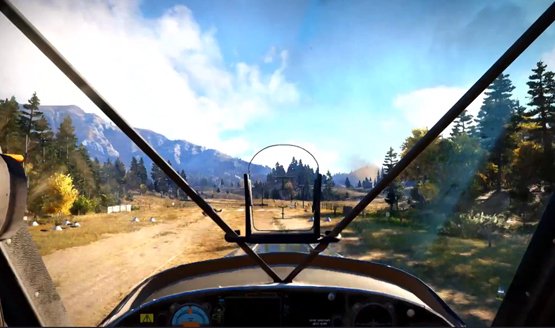
Perhaps the most apt comparison for Ubisoft’s flagship action-adventure is a pixelated chameleon; its DNA and anatomy always remain constant no matter how many times it changes the color of its skin. That logic can be applied to Far Cry and scores of its open-world peers, as more often than not, the actual location of a video game helps inspire and indeed inform the story at hand. Hell, I’d even go so far as to suggest that the setting can be viewed as a character in its own right.
Not All Those Who Wander…
From Hyrule to Skyrim, Rapture to the Commonwealth, it doesn’t take long to compile a greatest hits of unforgettable, fully realized worlds — worlds that are able to transport you onto a digital plain that touts its own culture, its own personality…its own history. Consider for a moment what attracts you to video games in the first place. Compelling stories, perhaps? Or what about water-tight gameplay mechanics? Two very valid motives. But if escapism is often cited as one of the biggest reasons as to why players play, then it’s fair to say that the vast number of titles can’t evoke that feeling without a lush, vibrant, and engaging world at their disposal.
Broadly speaking, a fully-realized world enables a video game to become more than the sum of its parts. Pretty graphics and addicting gameplay loops can only get you so far, after all.
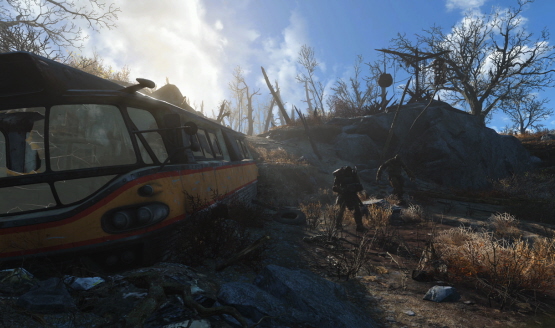
Thanks to Fallout and The Elder Scrolls series, Bethesda is among the best of the best when it comes to thrusting players into a pixelated kingdom that is bursting at the seams with content and personality. There are those who believe some instalments run the risk of becoming bloated, overstuffed slogfests due to their copious fetch quests and tedious chores, but few games can foster that gripping, downright compulsive sense of discovery quite like Skyrim.
Similar to Far Cry, players assumed the role of an intrepid explorer, the only difference being that Skyrim had you control the fabled Dragonborn, not some hapless tourist thrust out of his comfort zone. That’s not to say you were necessarily invincible (are you familiar with Skyrim’s club-wielding giants?), but when coupled with the intoxicating player freedom, Bethesda’s open-world RPG became a digital playground teeming with intriguing stories and secrets — some of which are still being uncovered to this day.
The expertly crafted geometry and level design are both crucial factors used to encourage exploration — the ultimate carrot on the end of a long, long stick — and the world itself is as dense and handcrafted as Skyrim’s Viking-inspired landscapes, then the result is a recipe for success.
A Character in Its Own Right?
For this reason alone, one can consider the location to be part of a game’s identity and, in many ways, a major selling point. Apart from 2016, when Ubisoft decided to place its clandestine juggernaut on a one-year hiatus, the setting of Assassin’s Creed often sparks heated debate ever since AC II thrust players into the Italian Renaissance, and the French publisher often goes to great lengths in order to keep that location under wraps.
Untimely leaks (?) often threaten to the spoil the surprise with each year that passes — Origins, the Assassin’s Creed of 2017, was leaked long before Ubisoft took to the stage at E3 — but it goes to show that, for a major franchise in the vein of AC, one which lives and dies on its ability to uproot for another setting, video game locations are important. Vital, even.
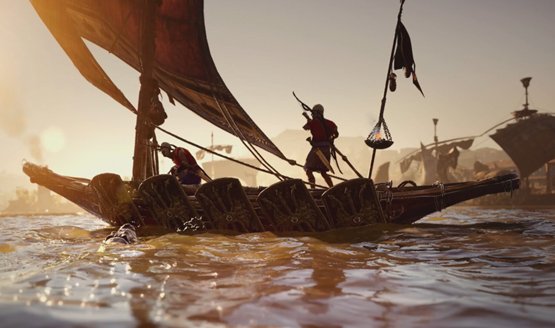
And then there’s Grand Theft Auto. Rockstar’s crown jewel is another example of a franchise that tends to rely on new locations as a means of palette swapping from one iteration to the next. Advancements in hardware and technology naturally help the series grow, but arguably it is the setting itself (and time period!) that helps imbue each GTA title with a sense of personality — be it groovy soundtrack of Vice City, or San Andreas and its wealth of hip-hop and R&B.
Because the best kind of video games are situated in a place that feels alive — tangible, even. Those thriving, tantalizing worlds that feel as though they’ve existed long before you selected ‘New Game’ and started your journey, and will continue to do so long after you’ve made off for pastures anew.
August PS Plus Games
-
August 2017 PS Plus Games

-
Assassin’s Creed: Freedom Cry (PS4)
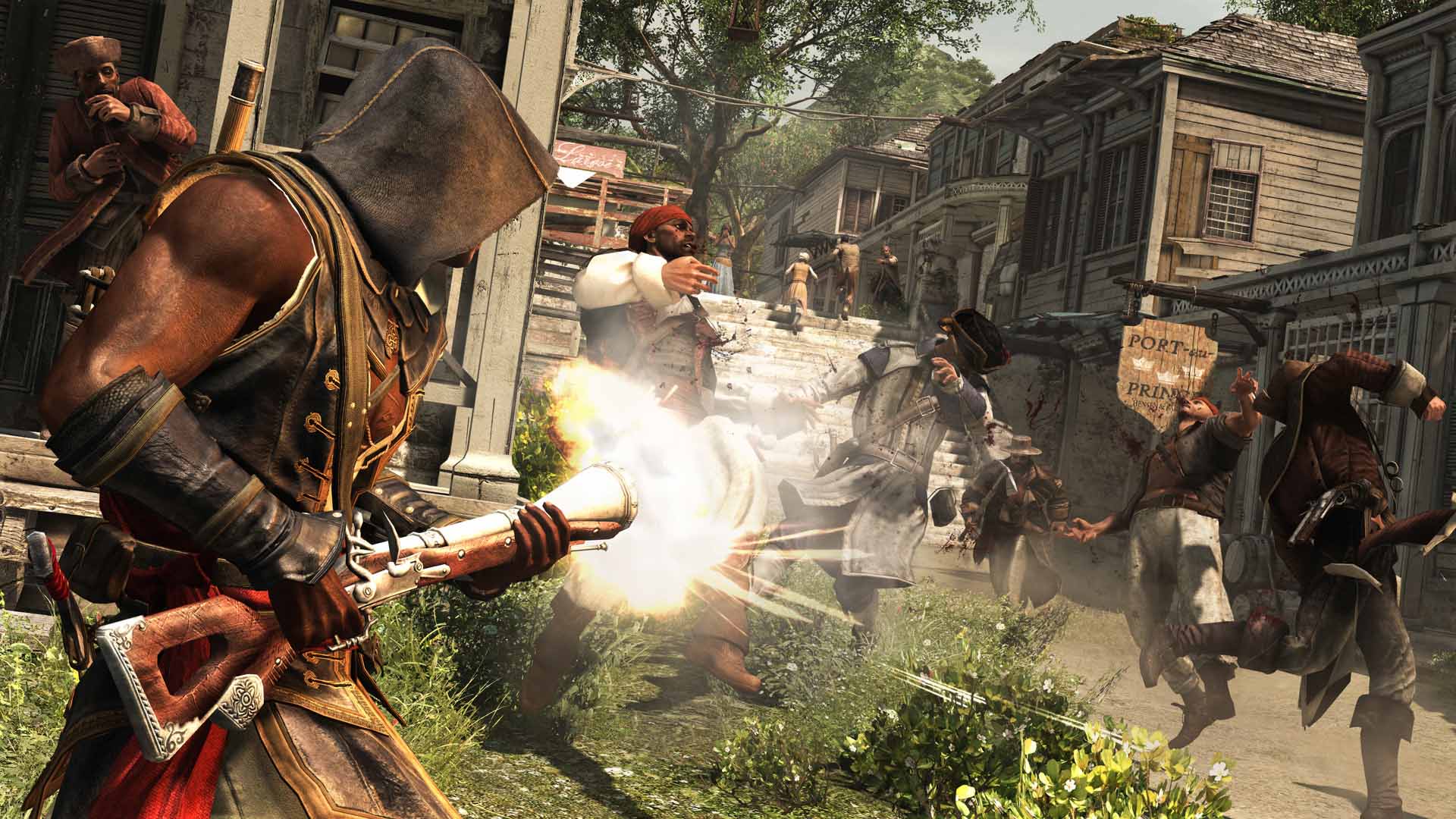
The standalone version of the Black Flag DLC, Assassin’s Creed: Freedom Cry (our review) is arguably the best AC game ever released. Adewale is the rare Ubisoft protagonist that is likeable, and the game doesn't shy away from dealing with slavery. On top of some chilling subject matter, it also retains the fun pirate antics that made Assassin's Creed IV so enjoyable.
-
Just Cause 3 (PS4)

If you're a fan of destruction and mayhem, then you'll want to check out Just Cause 3 (our review). Avalanche Studios' open-world action game is filled with incredible explosions and gives players all the tools they need to have a good time. It was a bit of a technical mess at launch, but it's much better now (especially on a PS4 Pro).
-
Super Motherload (PS3)
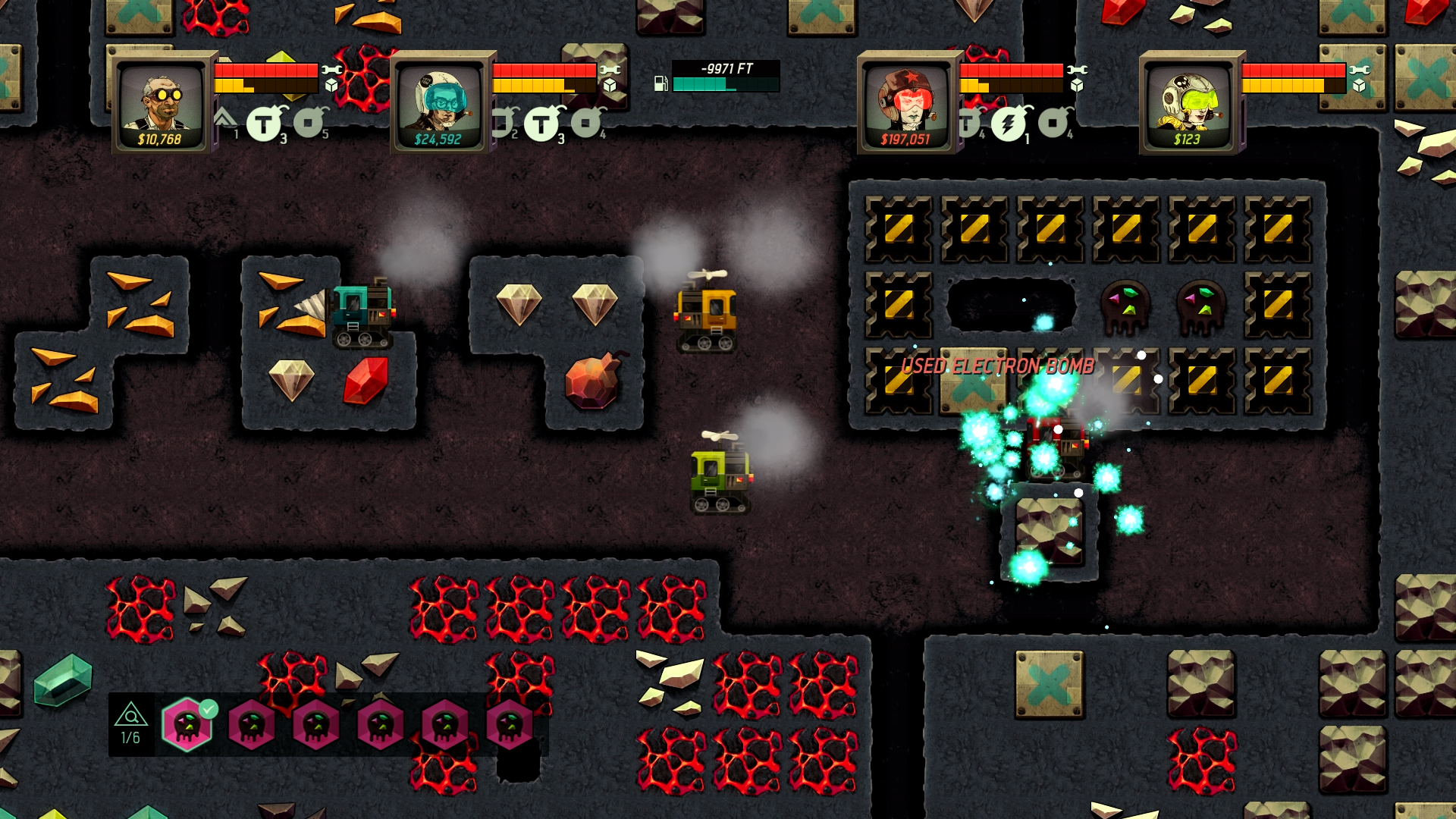
Super Motherload is an enjoyable indie that has players mining through Mars. Up to four players can join in for couch co-op, and the story starts to get really interesting later on. It's not a standout, but those looking for something different will find some enjoyment.
-
Snakeball (PS3)

Originally released by Sony in 2008, Snakeball is a futuristic sport that has players controlling a hoversnake (I swear, I'm not making this up). The goal is to collect balls and then score goals with them. Up to eight players can get in on the action, but there's also a solo mode for those lone wolf gamers out there. If you've got friends that are willing to play, then check it out. It's also worth noting that it was released before trophy support was mandated, so there's nothing of value for trophy hunters.
-
Downwell (Vita)

Downwell is one of the best and most deceptively difficult games to release on Vita. As the title suggests, the player is falling down a well. This isn't a game about avoiding objects, though, as the player is equipped with gun boots that can blast their way through the various enemies that try to end your run early. It's an incredibly rewarding game, and talented players will learn how to finish levels without ever touching the ground.
-
Level 22 (Vita)
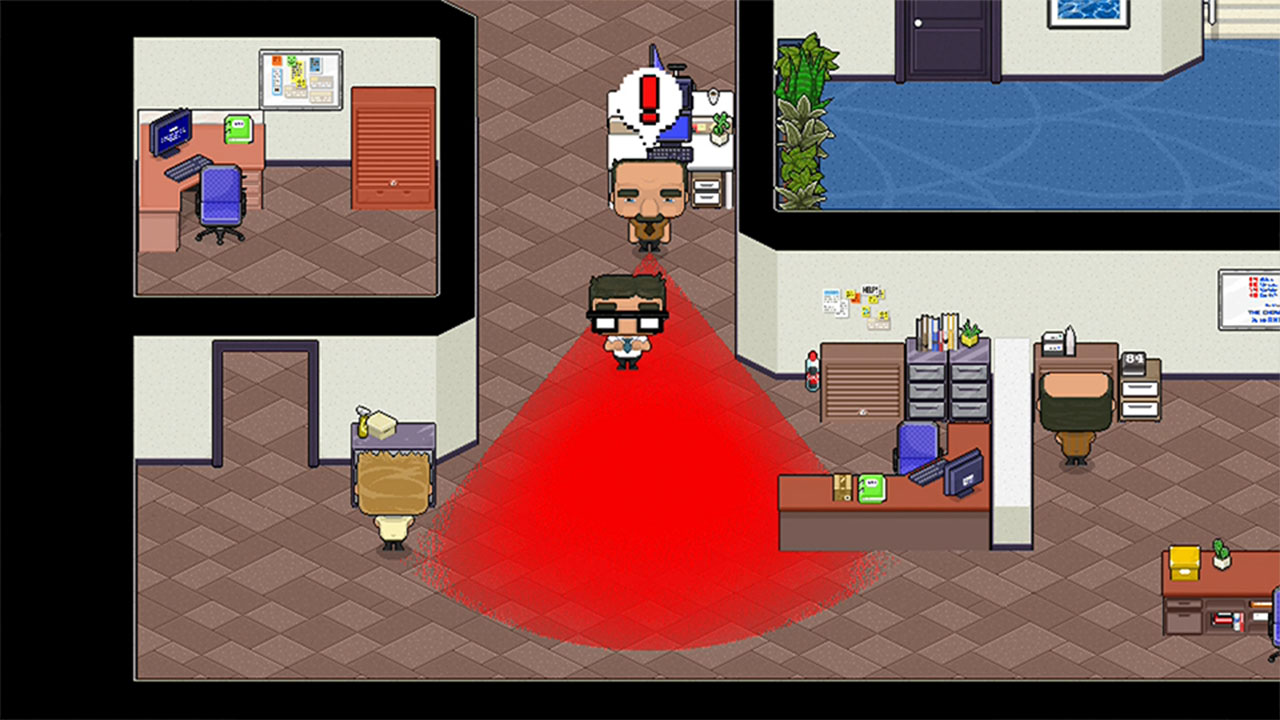
Level 22 is an enjoyable stealth game that takes the genre back to basics. While it's no Hitman, the office environment ends up being the real star here. It's not the best game on Vita, but it'll keep you entertained for a few commutes at the very least.
